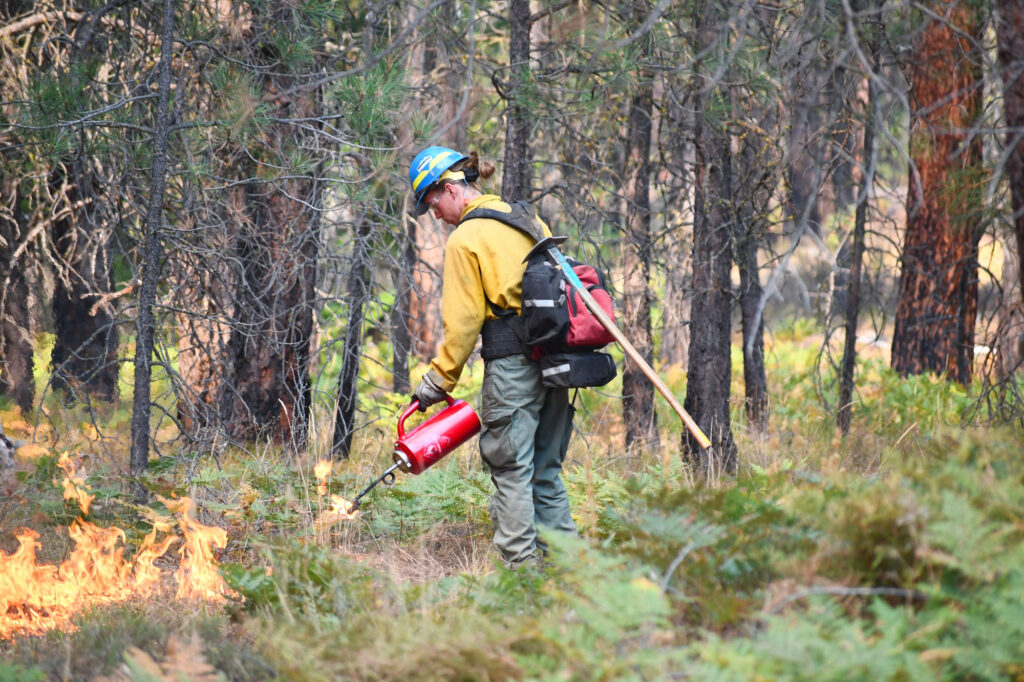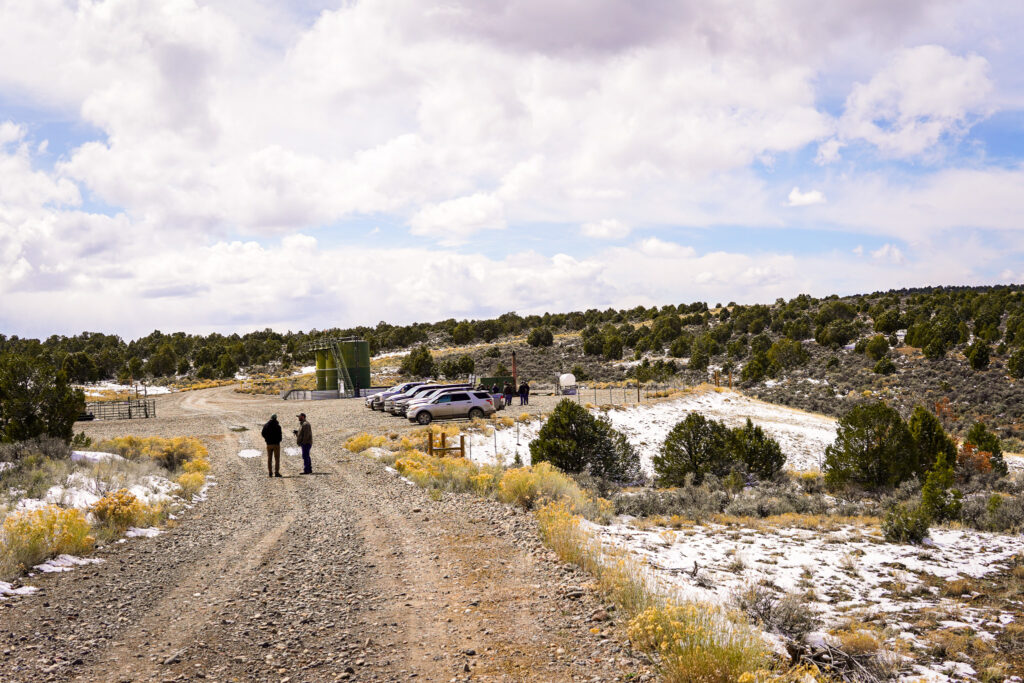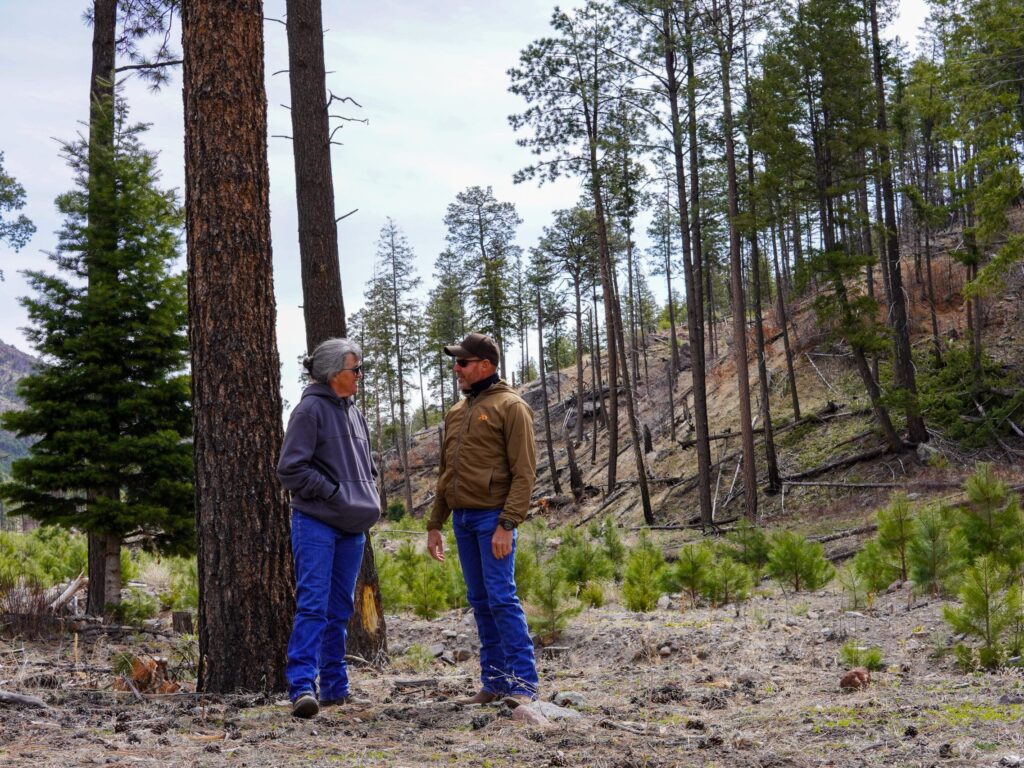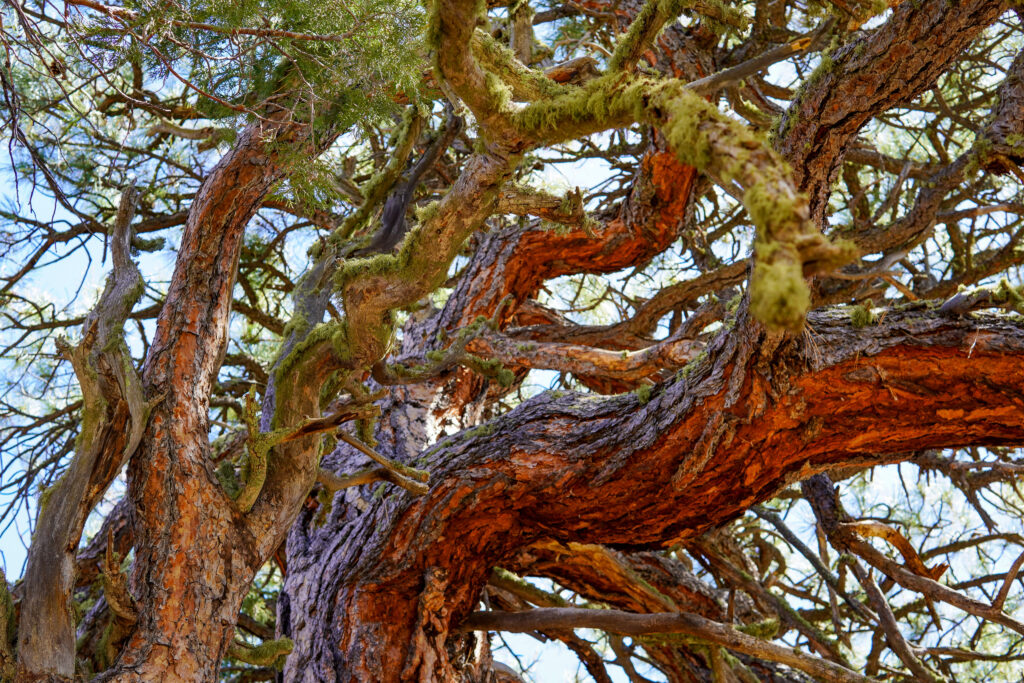
Western Forests Conservation Approach
our approach
IWJV works to reduce wildfire risk, conserve bird habitat, and build climate-resilient western forests.
These strategies leverage our IWJV approach–building partnerships, growing capacity, bridging science and implementation, and engaging in innovative communications efforts—towards this vision.
Specifically, the IWJV’s work in western forests supports our partners in integrating current knowledge, science, and data on bird and wildlife effects of forest management into their work; growing capacity to implement forest management with co-benefits to birds and other wildlife; and communicating the outcomes and needs of this work to relevant audiences.


Wildfire Risk Reduction and Bird Habitat Conservation:
We look for synergies between wildfire risk reduction and bird habitat conservation through practices such as fuels reduction, ecological forestry, spatial targeting of treatments, and strategic conservation easements.

Returning Fire to the Landscape:
We support our partners in returning fire to the landscape through prescribed burning, Indigenous or cultural burning, and the silvicultural practices needed to prepare forests for fire.

Supporting Forest Resilience:
We support partners in implementing ecological forestry and fuels reduction practices, like those described above, that increase forest resilience to drought, wildfire, and insect and disease outbreaks. Additional practices include postfire rehabilitation, such as seeding or planting with native species.

Preventing Invasive Species:
We have extensive expertise fighting invasive annual grasses in rangeland systems, and promote the management and prevention of invasives in forest ecosystems, especially post-disturbance.
IWJV FOREST WORK STRATEGIES
Community-Based Capacity
We place conservation professionals in communities that accelerate the pace and scale of projects across land ownerships and collaborate with partners on forest management to scale up implementation.
Communications
We tell the story of forest management successes, struggles, and events and broadcast these messages to key audiences increasing awareness and engagement.
Science to Implementation
We strengthen access, incorporation, and application of current science, research, data tools, and knowledge related to forest and woodland management work on the ground.


